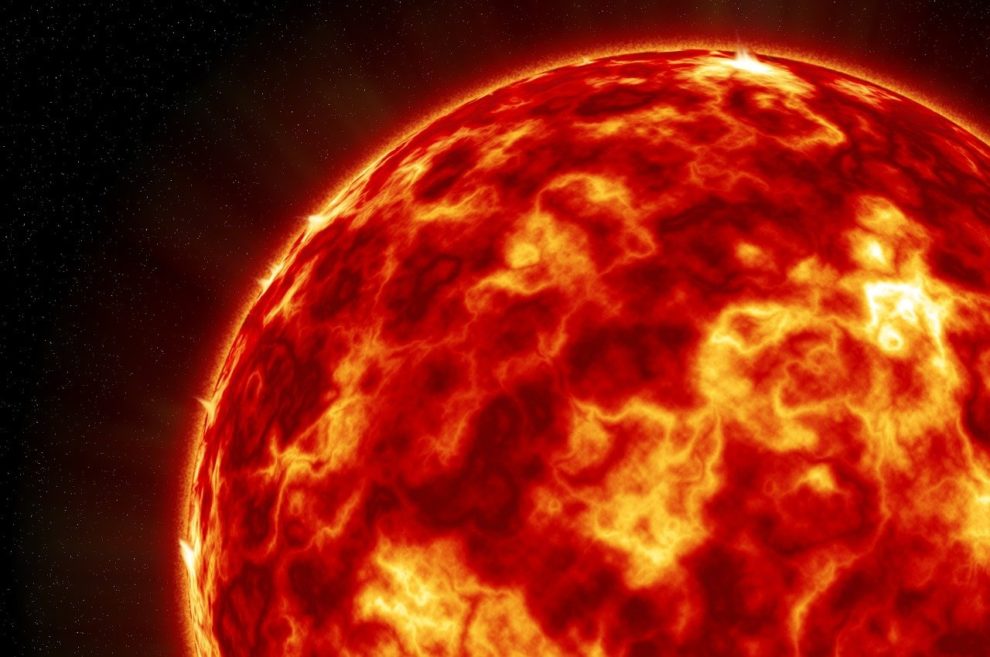A solar storm is heading our way, and it’s expected to cause a geomagnetic storm later today (Monday). According to NASA and NOAA, the solar blast will reach Earth around 1 p.m. ET.
Solar storm will pose risks to Earth’s technology and atmosphere
The impact of the coronal mass injection (CME) could result in powerful geomagnetic storms, reaching levels as high as G2-class or even G3-class. This has the potential to cause problems with GPS, affect satellites, and power grids, and produce auroras visible at lower latitudes than usual.
CMEs are initiated by magnetic activity on the sun’s surface, expelling large amounts of solar plasma, as explained by the space agency. These solar events originate from sunspots, dark areas on the sun’s surface where magnetic field activity can trigger powerful energy explosions, according to Space.com.
This release of energy can lead to the ejection of massive plumes of solar material, traveling through space at speeds reaching millions of miles per hour.
If directed toward Earth, this cloud typically reaches our planet in 48 to 72 hours, although some may arrive sooner. Upon collision with Earth’s magnetic field, the plume can cause disruptions, leading to a geomagnetic storm.
“Direct Hit! An impressive #solarstorm launch in the Earth-strike zone means a new chance for #aurora by midday Jan 22. We could see a G2-G3 with this one if the magnetic field of the storm is oriented correctly. Amateur radio & #GPS users, expect disruptions on Earth’s nightside,” space weather physicist Tamitha Skov posted on X on Sunday.
Expert insights: Geomagnetic storms’ impact on power grids, communications, and satellite safety
Huw Morgan, head of the Solar Physics group at Aberystwyth University in the United Kingdom shared some insights. “Whilst these storms cannot harm us or nature directly, they are disruptive and potentially very damaging to technology.”
“Electric currents are induced in Earth’s crust, and this can cause surges and damage to power grids. Communications can be disrupted, and GPS navigation. Air flights at high latitudes are prone to radiation doses, requiring cancellation or rerouting. And there’s a danger to satellites and astronauts.”
NOAA classifies geomagnetic storms on a scale from G1 (minor) to G5 (extreme). The strength is determined by the CME’s power, with more powerful storms being less common. In an 11-year solar cycle, Earth can anticipate around 1700 G1 storms, about 100 G4 storms, and just 4 G5 storms. The forthcoming solar storm is expected to be G2, with a potential for G3.
Stronger geomagnetic storms can push auroras to appear at increasingly lower latitudes from the North Pole. During G3 storms, the Northern Lights might be visible from states like Illinois and Oregon. In more extreme G5 storms, the aurora could extend as far south as Florida and southern Texas.
